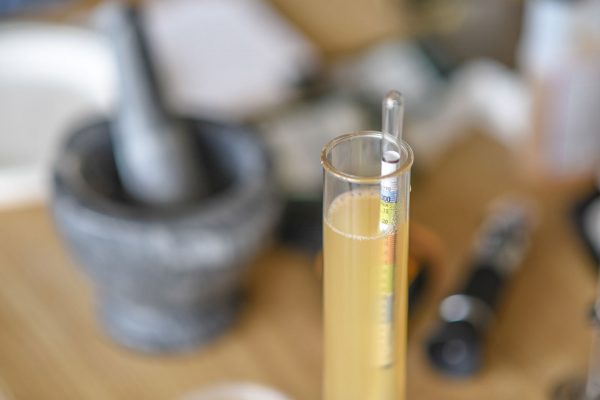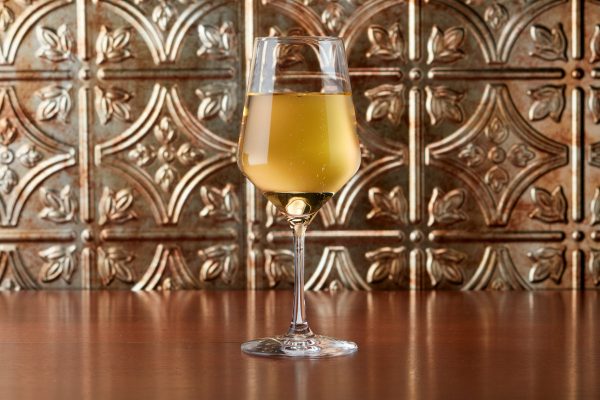
The following beer recipe is featured in the November/December 2001 issue of Zymurgy magazine. Access this issue along with the archives with Zymurgy Online!
Bob Capshew presents this recipe in his article "Perry: The Other Cider" on page 41 of the Nov./Dec. 2001 Zymurgy magazine. For more detailed information on the history and production of perry, AHA members can instantly access this issue via the eZymurgy online archive.
As Bob Capshew highlights, pears and apples are cousins in the pomme family, and both are used to make a fermented beverage, but have experienced different popularity throughout history up to modern times. The delicious elixer that is fermented pear juice, better known as perry, has not seen the following cider has had in the past, but don't let that make you wary of perry.
Traditionally, perry is stronger than cider and was sipped on for special occasions in similar fashion to champagnes or liquers, as opposed to apple cider which was consumed in a more "sessionable" fashion. Depending on the pear juice you aquire (and the amount of sugar you add to manipulate the gravity), this recipe can produce a strong, traditional perry or a more cider-like, sessionable perry.
The following beer recipe is featured in the November/December 2001 issue of Zymurgy magazine. Access this issue along with the archives with Zymurgy Online!
Bob Capshew presents this recipe in his article "Perry: The Other Cider" on page 41 of the Nov./Dec. 2001 Zymurgy magazine. For more detailed information on the history and production of perry, AHA members can instantly access this issue via the eZymurgy online archive.
As Bob Capshew highlights, pears and apples are cousins in the pomme family, and both are used to make a fermented beverage, but have experienced different popularity throughout history up to modern times. The delicious elixer that is fermented pear juice, better known as perry, has not seen the following cider has had in the past, but don't let that make you wary of perry.
Traditionally, perry is stronger than cider and was sipped on for special occasions in similar fashion to champagnes or liquers, as opposed to apple cider which was consumed in a more "sessionable" fashion. Depending on the pear juice you aquire (and the amount of sugar you add to manipulate the gravity), this recipe can produce a strong, traditional perry or a more cider-like, sessionable perry.
Ingredients:
- 5 gal (19 L) pear juice with no preservatives if possible
- 0.5 tsp (2.37 g) grape tannin
- 2.5 tsp (11.86 g) pectic enzyme
- 2.5 tsp (11.86 g) yeast nutrient
- ale yeast or Lalvin 1118 yeast
- Cane sugar (may or may not be needed)
- Tartaric acid (may or may not be needed)
Specifications:
Yield: 5 gallons (19 L)
Original Gravity: varies
Final Gravity: varies
ABV: varies
Directions:
- Using your hydrometer as a guide, add cane sugar to the pear juice to bring it to at least 1.050 (pear juice typically used in perry usually ranges from 1.050 to 1.090).
- Check the acid level with a titration kit. If the acid is less than 0.6%, add tartaric acid to reach 0.6%. Avoid racking to encourage malolactic activity.
- Let perry rest over the winter if possible to encourage malolactic activity which smooths taste.
- Keep the carboy topped up to discourage the formation of vinegar.
- Bottle after clearing.
Recommended Measuring Tools
- Hydromoter
- Titration kit




Share Post